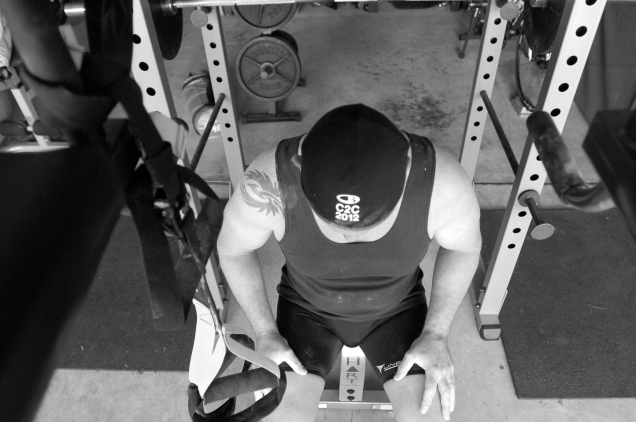I have been researching the impact that high altitude climbing will have on my body, what I can expect, what I can do to assist my body’s ability to cope.
And importantly, to be able to recognise the onset of Acute Mountain Sickness in its more serious forms.
Acute Mountain Sickness, AMS as it is often referred to, is the effect the declining number of molecules of oxygen in the atmosphere has on our body as we ascend in altitude. It can range from a mild illness, to the more severe life-threatening forms of the illness, such as High Altitude Pulmonary Edema (HAPE), and High Altitude Cerebral Edema (HACE).
The latter two conditions require immediate attention and descent from altitude otherwise death is the most likely outcome.
I’m not intending to go into a great discussion on either, nor am I qualified to do so, but as part of my journey “To Climb a Mountain” I want to gain a better understanding of both conditions.
 High altitude is defined as 5,000 to 11,500 feet, very high altitude 11,500 to 18,000, and extreme altitude as 18,000 feet and above. At extreme altitudes physiologic function will outstrip acclimatisation eventually.
High altitude is defined as 5,000 to 11,500 feet, very high altitude 11,500 to 18,000, and extreme altitude as 18,000 feet and above. At extreme altitudes physiologic function will outstrip acclimatisation eventually.
My reading has taken me across a wide variety of topics, but the one that caught my attention was the connection between muscle and the requirement to fuel our muscles with oxygen when under exertion.
Over the years I have trained as a power-lifter for strength purposes and I have achieved results I am happy with. As a consequence I have grown muscularly and currently weigh-in around the 95 kilogram mark. This has given me a good power-for-weight ratio and has enhanced my speed on the kayak over the short to mid sprint distances.
Power-lifting has helped me develop strong legs, especially my quads through squatting, and dead-lifting.
Will this muscle help, or hinder me on the mountain as I trudge up the side of an 8,000 metre peak?
When exercising, the body, or more specifically the contracting muscles have an increased need for oxygen and this is usually achieved by a higher blood flow to these muscles.
And therein lies the dilemma as I see it.
Due to the less dense air at altitude the number of oxygen molecules for any given mass of air will drop. Consequently, mental and physical performance will decline, and the larger the muscles, the larger the requirement for oxygen to prevent muscular fatigue…
So what can I do?
There is not a lot that you can do to prepare for the effect of AMS, some people will adapt and perform better at altitude than others and this is hard to predict from one individual to another.
What I can do is decrease my muscle mass, and whilst that will mean a decrease in overall strength I can try and maintain the power for weight ratio balance.
The upshot of all this is that ahead of my expedition to Nepal in April I will deliberately take around 10-12 kilograms out of my frame…
The climbs in Nepal will be done without the aid of supplemental oxygen.
I won’t be changing my training routine greatly, I will maintain some weight training, rowing and kayaking, and importantly, a daily walk of around 10-kilometres with a 25-kilogram backpack at silly o’clock in the morning (that is 4:00am).
The best way to control weight change, either gaining, or losing, is via your diet and that starts in the kitchen.
Baz – The Landy (In my home gym in the “Shed”)








